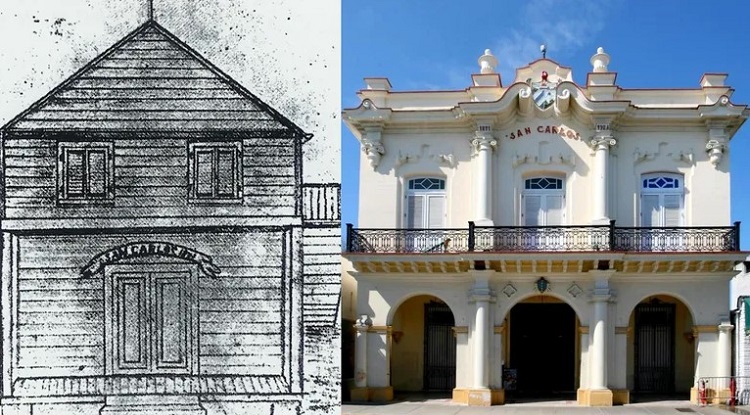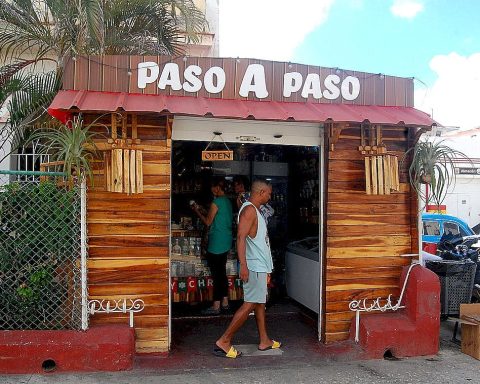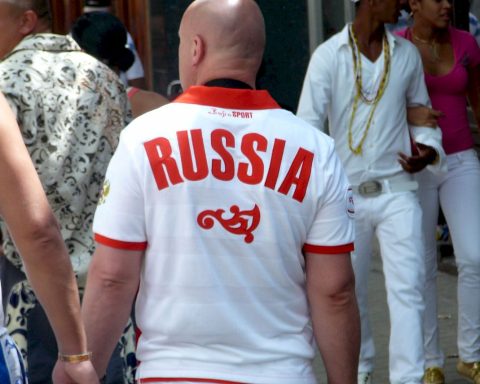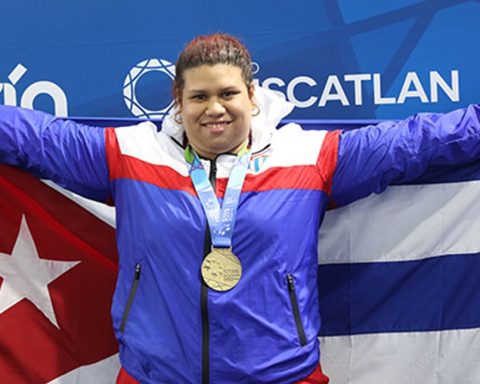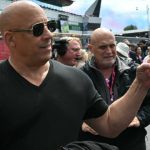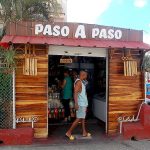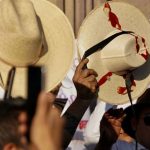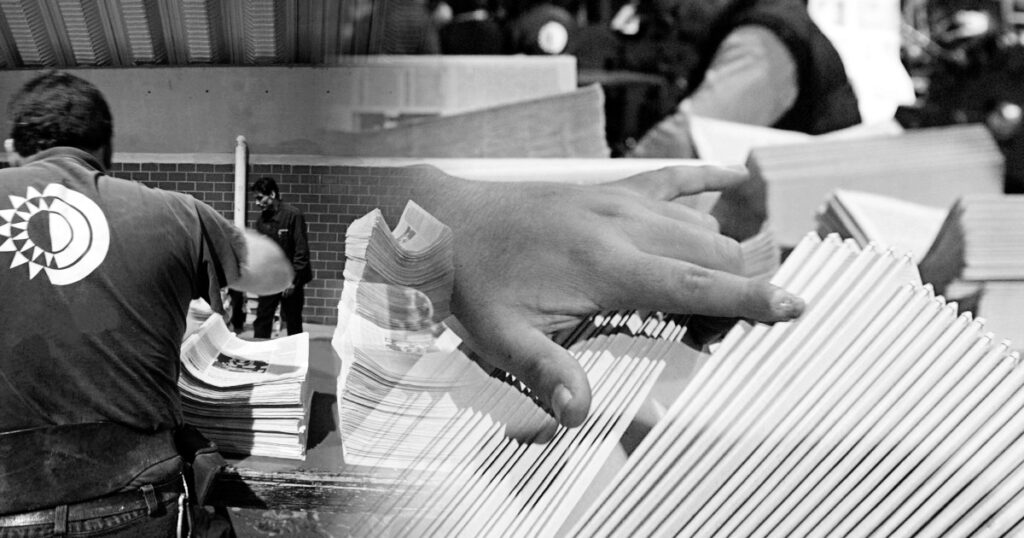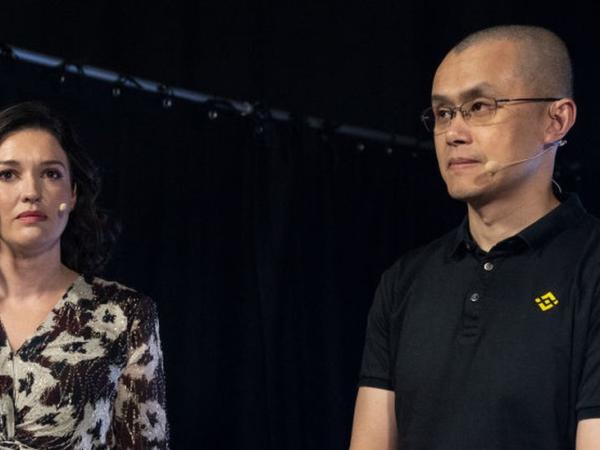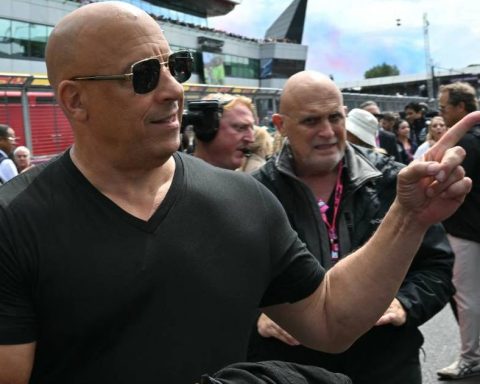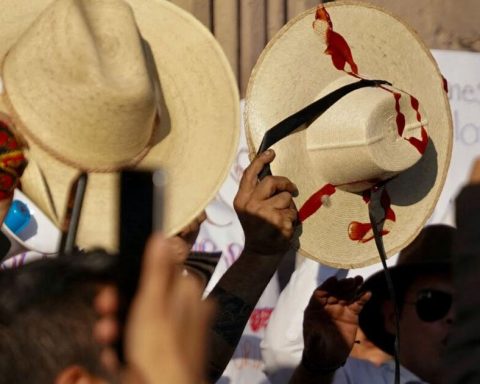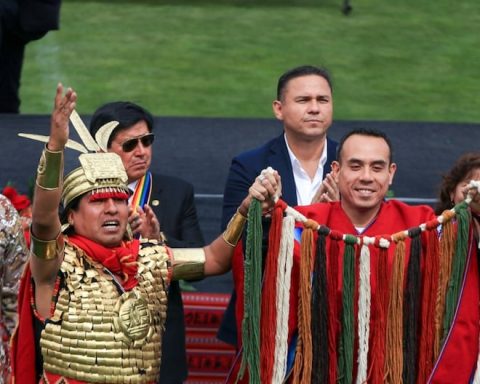MADRID, Spain.- The San Carlos Institute, a symbol of the Cuban community in Key West, fulfilled this November 11, 151 years of foundation. Inaugurated in 1871 in a small wooden house on Anne Street by Cuban exiles, mostly tobacco workers, in its beginnings it aimed to promote Cuban patriotic and cultural values. For its name, the founders were inspired by the San Carlos Seminary in Havana, where the renowned Cuban priest and philosopher Félix Varela taught.
In 1884 it was moved to a larger building on Fleming Street, but two years later it was destroyed by a fire that affected much of the city. Then, in 1890, to give continuity to the San Carlos, a new building was built on Duval Street, where it remains to this day.
Fundamental events in the history of Cuba related to the institute are José Martí’s speeches to cigar makers and Cuban exiles in general, during the preparation of the War of 1995.
José Martí, who called San Carlos “La Casa Cuba”, from there tried to unite the Cuban community in the United States and presented them with the foundations of the Cuban Revolutionary Party (PRC), which received the full support of the tobacco growers.
With the Republic, the building housed the Cuban consulate for years. In addition, there was a bilingual school that was the first to reject racial segregation in the United States. In 1919 a hurricane devastated the San Carlos, but it was restored with the help of the Republican government.
As specified by the Official site of the institute, “Francisco Centurión, one of Cuba’s most prominent architects, designed the two-story building in a typical Cuban style of that era: large rooms, high ceilings, curved moldings, arched doorways, marble stairs, tall windows, hand-painted embossed tiles and black and white mosaic floor. The new and current San Carlos opened its doors on October 10, 1924. It was a wonderful building, nicknamed `The Jewel of Key West´”.
After Fidel Castro came to power, the Institute fell into disuse; and in 1973 it was forced to close. But in 1985, when it was about to be demolished, a group of Cubans living in Key West and Miami appealed to the Hispanic Commission of the State of Florida and the restoration of the building was achieved. In the restoration project, the lawyer Rafael A. Peñalver Jr. had a fundamental role; who remains as president of the board of directors of the Institute. Peñalver also managed to eliminate commercial plans proposed for the building and to maintain it as a center of Cuban historical heritage.
During the restoration, various Key West artisans worked to reproduce by hand replicas of the lost tiles around the marble staircase; and Heriberto Borroto from Miami used a hydraulic process of Cuban origin from the first years of the last century to reproduce the mosaics of the central corridor. The San Carlos has several statues and paintings of Cuban patriots, including José Martí and Félix Varela.
The reopening ceremony on January 4, 1992, was attended by more than 5,000 people. Since then, as the institution itself explains, the San Carlos has been the venue for the Cuban pilgrimage in search of its national roots and its historical legacy; as well as annually presents important artistic and patriotic events related to the history of Cuba.
Receive information from CubaNet on your cell phone through WhatsApp. Send us a message with the word “CUBA” on the phone +525545038831, You can also subscribe to our electronic newsletter by giving click here.
